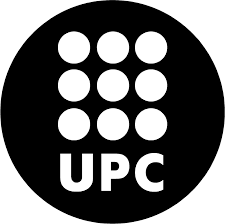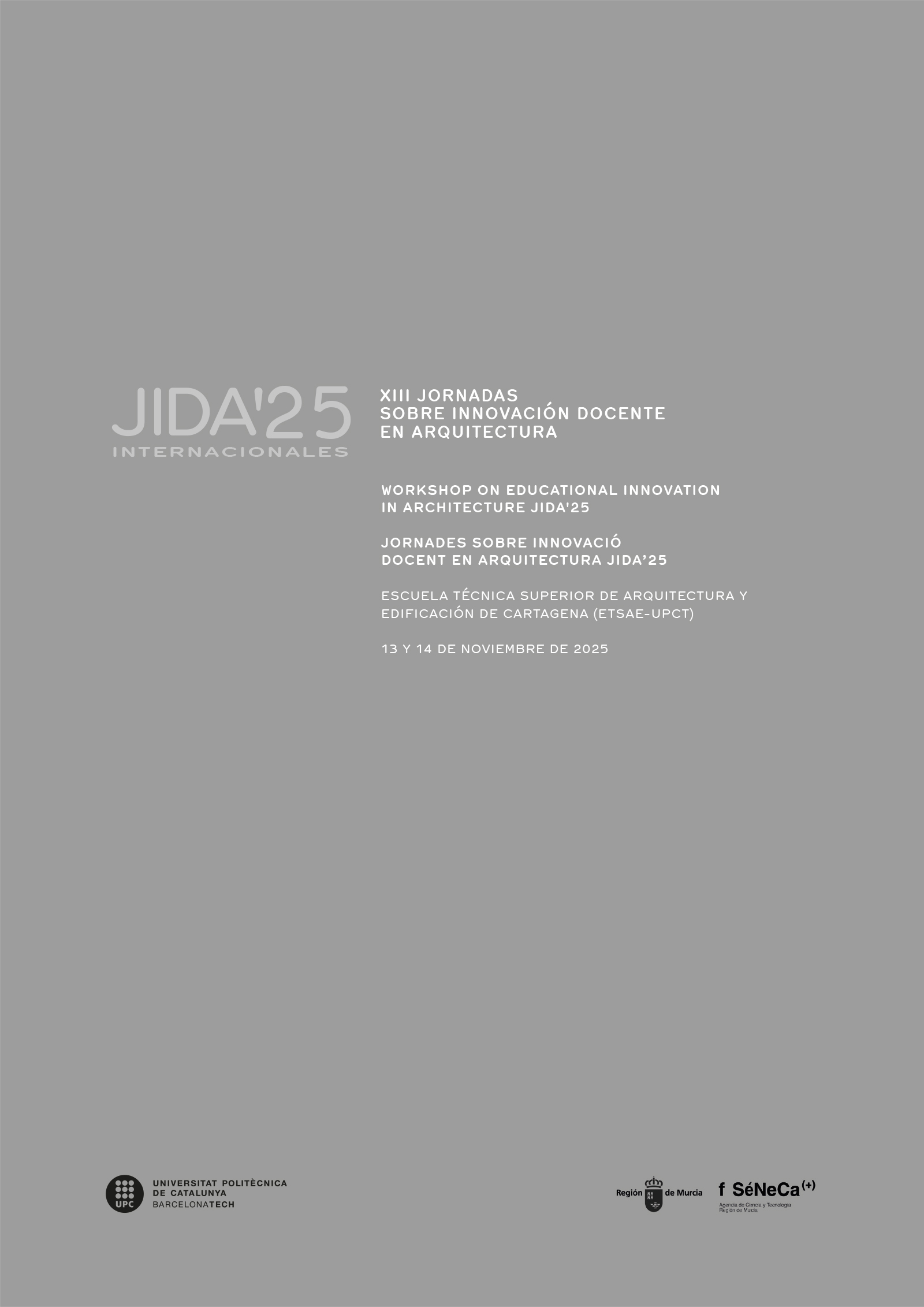Interfaces: Systemic Overlap for Urban Diagnosis
DOI:
https://doi.org/10.5821/jida.2025.13666Keywords:
urban analysis, layering, interfaces, design methodology, cartographyAbstract
An urban analysis methodology is presented and applied in the final-year architecture workshop, conceived as a teaching tool for understanding the complexity of the territory from a critical, visual, and systemic perspective. Through multi-scale maps and the superposition of layers (social, economic, symbolic, and regulatory) students identify conflicts, potentialities, and zones of convergence called interfaces, where different urban systems intertwine and generate significant dynamics. This approach transforms the analysis into an active learning experience, based on Research by Design, in which contextual understanding is not a preliminary step but rather a constitutive part of the architectural project. Combines accessible tools with collective dynamics, promoting critical thinking and informed design decisions. Its flexibility and replicability across different courses, scales, and contexts make it a powerful pedagogical strategy for training architects capable of consciously addressing contemporary urban issues.
References
Bertin, Jacques. 1967. Semiology of Graphics: Diagrams, Networks, Maps. Madison: University of Wisconsin Press.
Bernabeu, Javier, James Huskinson y Alfonso Serrano-Estrada. 2024. «La ciudad digital: nuevas perspectivas urbanas a través de las redes sociales geolocalizadas». Jornadas sobre Innovación Docente en Arquitectura (JIDA’24), n.º 12: 215-228. doi: 10.5821/jida.2024.13309
Bunschoten, Raoul, Takuro Hoshino y Chora. 2001. Urban Flotsam: Stirring the City. Rotterdam: 010 Publishers.
Cano, Víctor. 2019. «Arquitectura y conflicto en Ahmedabad, India. Docencia más allá de los cuerpos normados». Jornadas sobre Innovación Docente en Arquitectura (JIDA’19), n.º 7: 84-95. doi: https://doi.org/10.5821/jida.2019.8372
Cano, Víctor. 2023. « Cartografiando el acoso sexual: dos TFG sobre mujeres y espacio público en India». Jornadas sobre Innovación Docente en Arquitectura (JIDA’23), n.º 11: 165-179. doi: https://doi.org/10.5821/jida.2023.12227
Corner, James. 1999. « The Agency of Mapping: Speculation, Critique and Invention ». En The Map Reader: Theories of Mapping Practice and Cartographic Representation, editado por Rob Kitchin, Martin Dodge y Chris Perkins, pp. 89-101. John Wiley & Sons. https://doi.org/10.1002/9780470979587.ch50
Deleuze, Gilles; Guattari, Félix. 1980. Mille plateaux. París: Les Éditions de Minuit.
Freire, Paulo. 1970. Pedagogía del oprimido. México: Siglo XXI Editores.
García-Mayor, Clara. 2024. «Evaluando las transiciones periurbanas: cartografías críticas de los paisajes eco-culturales a partir de datos geolocalizados de redes sociales». Jornadas sobre Innovación Docente en Arquitectura (JIDA’24), n.º 23: 114-127. doi: https://doi.org/10.26754/ojs_zarch/zarch.20242310480
Heller, Eva. 2004. Psicología del color: cómo actúan los colores sobre los sentimientos y la razón. Barcelona: Gustavo Gili.
Hooks, bell. 1994. Teaching to Transgress: Education as the Practice of Freedom. New York: Routledge.
Jacobs, Jane. 1961. The Death and Life of Great American Cities. New York: Random House.
Lynch, Kevin. 1960. The Image of the City. Cambridge, MA: MIT Press.






















